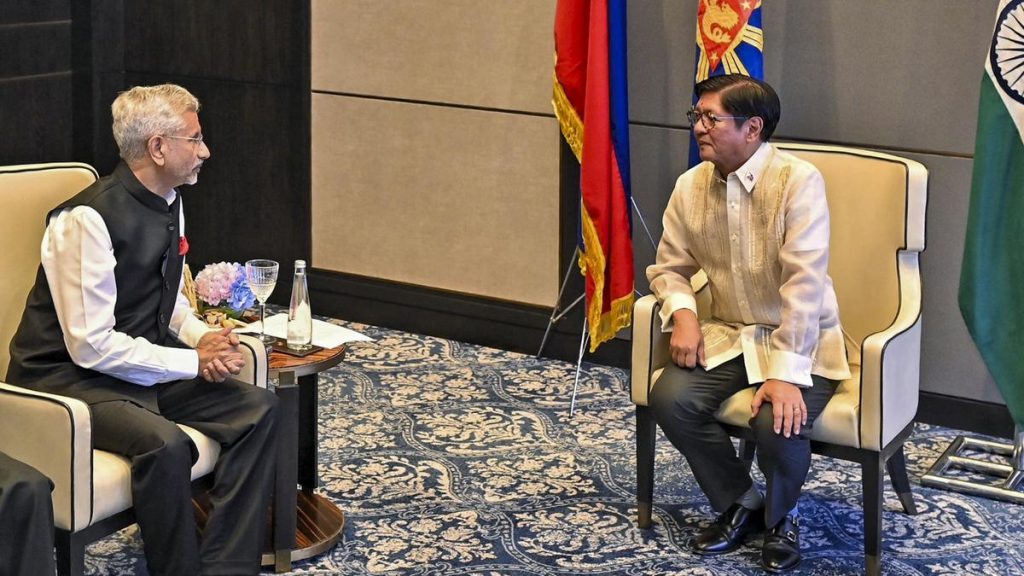Now Reading: Namdhari Sikhs Lead Effort to Preserve Bhagat Panthi Heritage
-
01
Namdhari Sikhs Lead Effort to Preserve Bhagat Panthi Heritage
Namdhari Sikhs Lead Effort to Preserve Bhagat Panthi Heritage

Quick summary
- Efforts to Preserve a Fading Legacy: The Namdhari Sikh faction has announced initiatives to preserve the heritage and spiritual essence of the bhagat Panthi sect, a lesser-known sect of Sikhs from Sindh (now in Pakistan) facing extinction.
- historic Background: Bhagat Panthis once thrived in Sindh but now exist in small numbers due to historical persecution, forced conversions, and migration. They integrate aspects of Sikhism and Hinduism in their practices.
- Current Demographics: Around 150-200 families of Bhagat panthis are reportedly concentrated in Dera Ismail Khan, Bannu, and Kohat regions. They reject untouchability and “shradh” rituals but maintain Sikh traditions like Japji Sahib recitation while also revering Hindu scriptures like the Geeta.
- Namdhari Efforts: Thakur Dalip Singh emphasized safeguarding the identity of this dwindling community without imposing rigid practices like unshorn hair or formal initiation into mainstream Sikhism.
- Challenges Faced: Living amidst terrorist-prone areas near Afghanistan has led many Bhagat Panthis to convert for survival or migrate either within Pakistan or across borders into India elsewhere.
- Religious Practices & Identity: Though celebrating Gurpurabs along with Hindu festivals such as Holi and Diwali, they now identify largely as ‘Mona Sikhs’ (those who do not keep unshorn hair).
Indian Opinion Analysis
The efforts by the Namdhari faction highlight an crucial cultural preservation initiative for a historically marginalized community within wider Sikh traditions. The case of Bhagat Panthis underscores how minority groups ofen adapt religious practices for survival amidst unfriendly environments. By offering support without imposing strict doctrinal rules-such as retaining unshorn hair-the approach by this Namdhari group seems pragmatically suited to enable cultural continuity.
This raises broader implications about how Indian religious diversity faces challenges beyond borders due to persecution or socio-political conditions, especially among groups connected ancestrally with undivided India. Safeguarding such histories is crucial for maintaining ties between India’s pluralist ethos and its diaspora’s lived realities across neighboring nations.

























